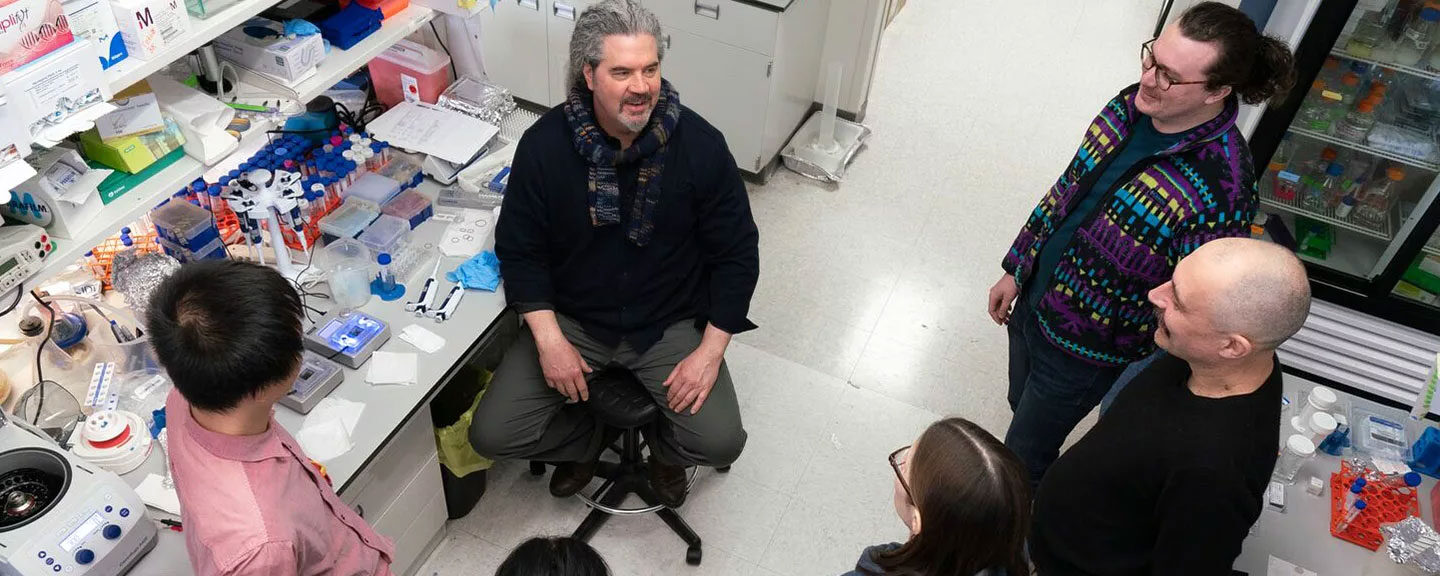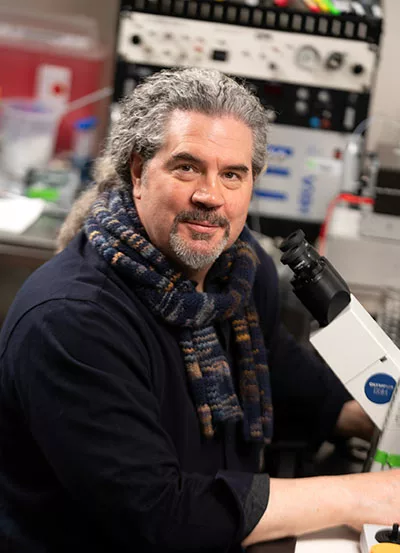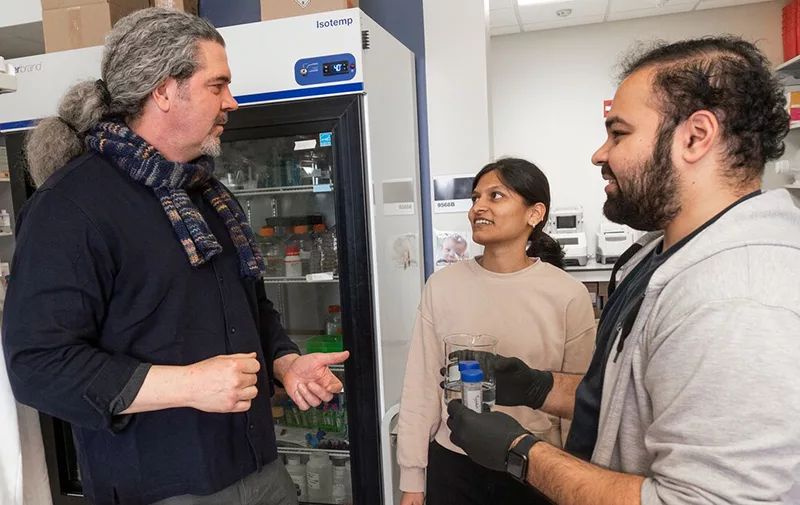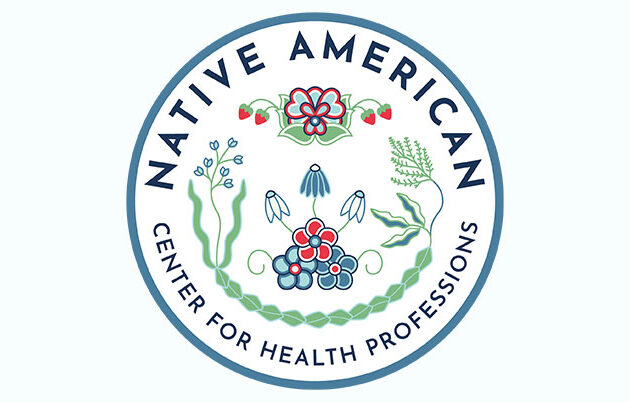“It’s really simple,” says Chapman — a professor in the Department of Neuroscience at the University of Wisconsin School of Medicine and Public Health — although his explanation resembles a master class on the finding, its context, and how it builds the understanding of communication between nerve cells.
Given the intricacy of what he and a legion of other investigators are finding, the effort does not always succeed with outsiders to the field. But Chapman’s name is known and respected among colleagues and competitors who explore the transfer of neurotransmitters from neuron A to neuron B.
In fall 2022, Chapman, who holds a doctorate in pharmacology and is one of two Howard Hughes Medical Institute (HHMI) investigators at UW–Madison, received an “A” grade from the nation’s largest private funder of medical research. The HHMI review described Chapman as “fearless,” with a broad and scientifically aggressive approach that is “unique in the field.” The organization provides steady, reliable support, with an emphasis on new frontiers of medicine, for its seven-year engagement.
Chapman concentrates on research questions that are big, bad, and basic. Many of them concern the release of neurotransmitters at the synapse — the tiny gap between two neurons. He works mainly at the level of molecules, cells, and artificial models of cellular structures.
The multi-faceted approach has propelled Chapman to the forefront of a highly competitive effort to unravel the ground-level secrets of the nervous system. Thirty years ago, he began to work out how a specific protein, in the presence of calcium ions, releases a neurotransmitter into the synapse by triggering the opening of a structure called the fusion pore.
The pore’s formation is the first step in the membrane fusion reaction. When the pore dilates, the membrane that encases the sac of neurotransmitters, called a vesicle, undergoes a complete merger with the plasma membrane around the cell. It’s a complicated process, even though it happens in neurons on micro- or milli-second timescales, and it’s a major focus of the Chapman lab.
In 2018, Chapman used a gadget developed in his lab to demonstrate that the number of proteins in a fusion pore governs how it opens. The lab-built pore did not simply open, flush its cargo into the synapse, and close. Sometimes it opened briefly, and sometimes much longer. Sometimes it opened completely, and other times, partially. And sometimes it even trilled like a flute.
“The experiments are very challenging,” Chapman admits. “And [our results] have been confirmed by others. We could still be wrong — up to 99 percent of neuroscientists believe that, in neurons, the fusion pore expands and releases its entire contents when it opens.”
Why do researchers care? Because this release is the home of neural chit-chat. For example, Chapman speculates that the process could overturn the signal from glutamate, the brain’s major excitatory neurotransmitter. The glutamate receptor, he notes, “requires a quick, big dose of glutamate to activate, but if you apply the same number of glutamate molecules slowly, it will be desensitized.”
So, a trickle of glutamate could convert the classic excitatory neurotransmitter into an inhibitory one.
The result was characteristic of Chapman’s approach. It focused on the speed of a process. And it was basement-level basic: neurotransmitter releases occur countless times a minute in a person, and they are critical to kicking a football, typing a word, remembering your aunt’s name, and smelling the roses.
Basic science matters, says Chapman, who is not shy about being considered a type of mechanic who delights in asking, “Can you fully understand a car without knowing how its components work?”




